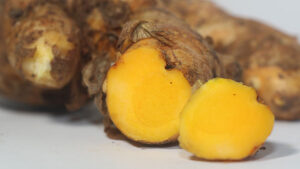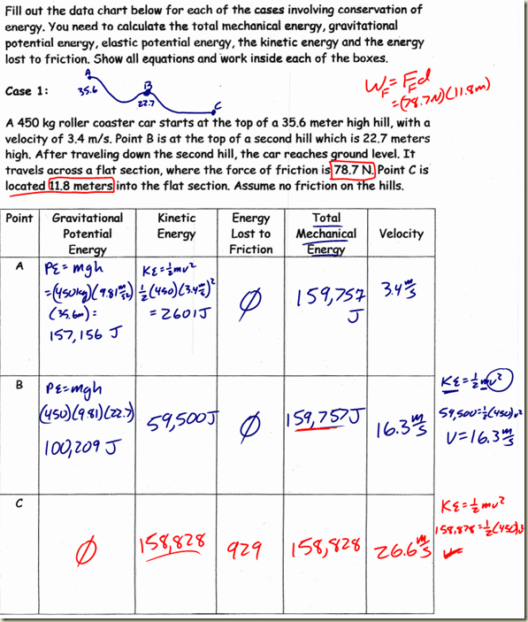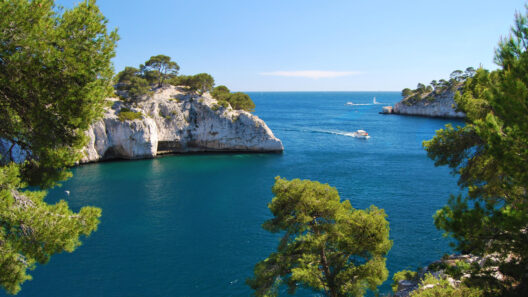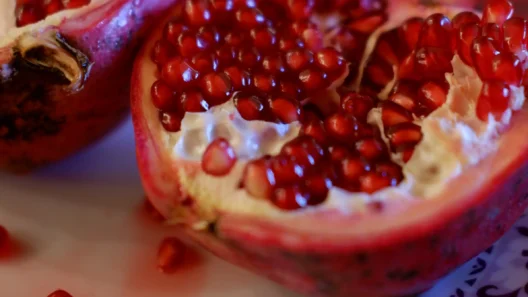Ginger, with its aromatic appeal and myriad culinary uses, has garnered admiration across cultures. While commonly associated with tropical regions, it is feasible to cultivate this hardy rhizome even in colder climates—an opportunity worth exploring for enthusiasts eager to harness nature’s bounty regardless of their geographic constraints. This guide elucidates the methodology for cultivating ginger in frosty environments without the aid of a greenhouse.
In the realm of gardening, the cultivation of ginger represents a curious intersection of horticulture and climate adaptability. To cultivate ginger in less-than-ideal conditions, one must first understand the plant’s intrinsic needs. Originating from warmer locales, ginger thrives in conditions that can be categorized by warmth, moisture, and a hospitable growing medium. Nevertheless, practitioners have devised ingenious strategies to mimic these preferable conditions, enabling successful growth far north of the equator.
First and foremost, selecting the right variety is crucial. While there are numerous ginger varieties, opting for a robust strain such as ‘Zingiber officinale’ is advisable, as it displays resilience in fluctuating temperatures. Sourcing your ginger rhizomes is the foundational step; they can often be procured from organic markets or reputable garden centers. It is essential to choose fresh, plump rhizomes with visible eyes, indicating potential growth points. Prior to planting, a brief soak in water can invigorate these dormant pieces, spurring their vitality.
The next pivotal stage involves preparing the soil. Ginger flourishes in well-draining, loamy soils rich in organic material. An optimal pH level of around 5.5 to 6.5 fosters nutrient absorption and encourages robust growth. Incorporating compost or well-rotted manure into the soil enhances nutrient content, promoting a fertile environment for the ginger rhizomes. To achieve better drainage, one may consider adding perlite or sand, thereby preventing the onset of rot—a common adversary in colder climates.
Timing is of utmost importance when undertaking the growing process. Although ginger is typically initiated indoors, the timing of planting significantly impacts the overall yield. In colder climates, it is prudent to commence indoor planting approximately six to eight weeks before the last frost date. This not only aligns with the natural rhythms of the environment but also provides a head start for the ginger. Utilizing pots or containers facilitates easier management of these young plants as they develop indoors. These should be placed in a warm, well-lit location, preferably near a south-facing window, ensuring they receive ample sunlight—a vital component for photosynthesis and growth.
When the risk of frost diminishes and environmental conditions seem suitable, transplanting the ginger outdoors becomes feasible. A sheltered location that enjoys partial shading is ideal, as ginger plants appreciate respite from the harsh afternoon sun. Soft husk mulching can also be employed to maintain moisture levels and protect roots during chilly nights. It is advisable to plant ginger rhizomes approximately two to four inches deep, spacing them adequately to ensure ample airflow—an often-overlooked aspect that proves vital in preventing fungal maladies.
The maintenance phase demands vigilance and proactive care. Regular watering is essential, as ginger is a moisture-loving plant. However, it is equally important to avoid over-saturation, which can lead to rot—an ever-present threat, especially in cool, damp conditions. Ensuring the soil remains consistently moist without becoming soggy will foster optimal growth. Implementing a drip irrigation system can help eliminate waterlogging while ensuring the plants receive the requisite hydration.
Fertilization becomes an important tool in the grower’s arsenal. Once the young plants establish themselves, a balanced organic fertilizer can bolster their growth. It is crucial to monitor their progress and adjust feeding regimens based on environmental conditions. Growth will typically begin more slowly in cooler climates; yet, with patience and consistent care, ginger will eventually flourish, developing thick stems and broad green leaves.
Pests and diseases represent a perennial challenge in any gardening venture. In colder climates, pests may be less common; however, vigilance is still warranted. Aphids and spider mites occasionally find their way to ginger, necessitating occasional inspections and interventions. Natural remedies, such as insecticidal soap, can be employed to address infestations without compromising the integrity of the soil or plants.
Harvesting ginger is an exercise in timing. Unlike many traditional crops, ginger can be harvested periodically, allowing for both young ‘baby’ ginger and fully matured rhizomes. Baby ginger is tender and nuanced, while mature ginger boasts a more intense flavor profile. Generally, ginger can be harvested approximately eight to ten months post-planting. Detecting readiness involves a keen observation of the plant’s foliage; once the leaves begin to yellow and die back, it signifies the culmination of the growing phase.
In conclusion, the endeavor of growing ginger in cold climates sans a greenhouse is an achievable venture. With appropriate planning, resourceful techniques, and a nurturing approach, gardeners can relish the rewards of their labor as they enjoy homegrown ginger—an experience laden with satisfaction and empowerment. It illustrates an inspiring narrative of persistence and adaptability in the face of climate constraints, offering a question worth pondering: how might our relationship with food and agriculture transform in response to the challenges posed by climate change?







